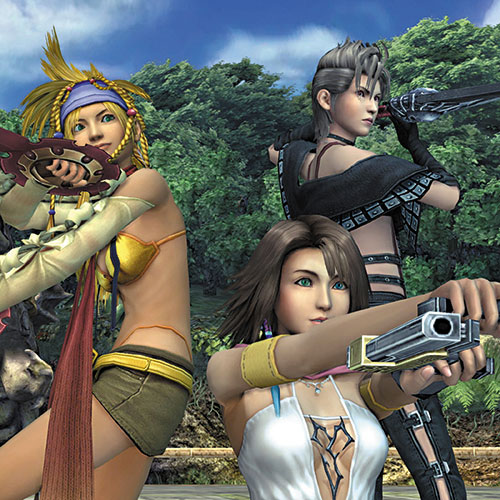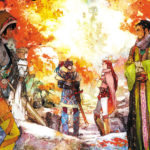PaigeFTW: In defense of FFX-2

Recently Final Fantasy XV director Hajime Tabata observed that too many people — fans and those working at Square-Enix — suffer from “Final Fantasy disease.” As he explained, people love the series so much that they’re each convinced that their vision of it is the only correct one, and they reject any attempts to alter that vision.
And, relatedly, when people look back on Final Fantasy, trying to figure out where the series went astray (if you believe it has), they often point to Final Fantasy X-2 as the tipping point.
It was the series’ first direct sequel, spawning a thousand remakes, prequels, sequels and remasters. It gleefully plunged headfirst into a sexed-up girl power caricature of its predecessor — if FFX was all stately choral hymns and muted grief, then FFX-2 was bombastic pop music with plenty of flash and bang.
But I’ve recently revisited it as I’ve been working through my PS4 remaster of the two titles, and I think it gets a bum rap.
In comparison to the literal “death spiral” that FFX revolves around, FFX-2 is, in its way, a natural reaction to a world shaking off the chains of repression and depression — massive overcompensation. Yuna shakes off her savior mantle with booty shorts and guns. Teenage rebellion: it isn’t that weird, really.
The story does have its missteps (particularly the true ending, I feel) but it doesn’t feel like an outlandish evolution. It’s just a very different direction for Spira.
Even leaving that aside, it has easily one of the best battle systems of the series — a beautiful union of traditional (if sexed up) Jobs and turn-based combat that plays dynamically and swiftly. There’s a ton of content, multiple endings (with a few branching paths) for replay value, and hey, even the mini-games aren’t bad.
Even if Final Fantasy made a misstep somewhere, I can tell you it wasn’t here. But I don’t think the series ever did — it simply reinvents itself, over and over, for a new age, in whatever direction that goes.











